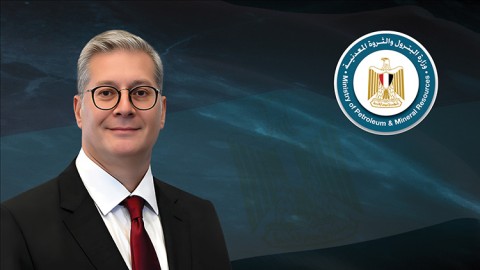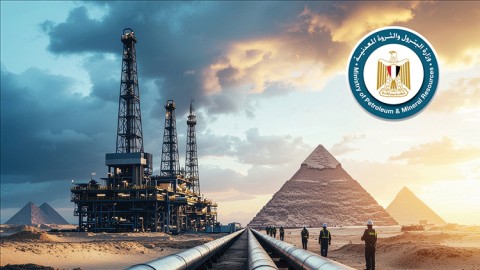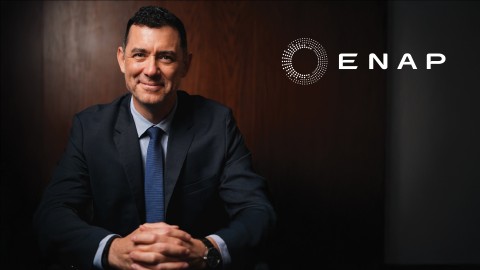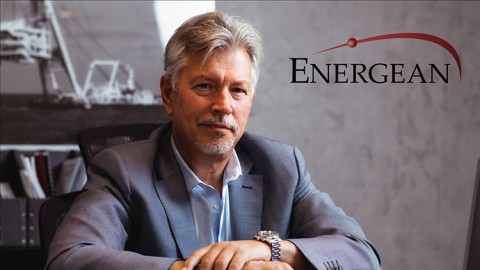In a world where everything is moving closer and closer towards digitalization, the craze for “Metaverse” has taken over all conversations. This new wave of innovation has wet people’s appetite for the power of tools like digital twins, mixed reality, and autonomous systems. Moreover, modern manufacturer views Metaverse applications as the next step toward becoming a safer and productive organization.
Converging the Physical and Digital
The term “Metaverse” is a portmanteau of the prefix “meta” (meaning beyond) and “universe”. It is typically used to describe the convergence of virtually enhanced physical reality and physically persistent virtual space.
According to Azure Vice President Sam George, Metaverse applications are the culmination of the intelligent cloud and intelligent edge working in harmony. He added that at the foundation of these applications lies the technology of digital twins (DTs). Digital twins are virtual models of anything physical, from simple assets or products to complex environments. These models can be brought to life and synchronized with the physical world via two-way internet of things (IoT) connections. As these spaces come together, they create a new world of opportunities and transformative solutions.
From here on, the world becomes a digital canvas. To illustrate, modern software techniques such as analytics, simulation, autonomous control, and interactions can be applied to the digital model in order to explore untapped potential.
For further illustration, DT can afford companies several advantages that would otherwise be not possible. For example, it provides a space for running risk analyses, health assessments and real-time monitoring. Accordingly, there has been a growing adoption of this technology in several verticals, especially the oil and gas (O&G) field since it’s a highly regulated industry because of the inherent health, safety, and environmental (HSE) risk associated with the exploration and production activities.
Reimagining QHSE in O&G Industry
Digital twin technology is considered a panacea for QHSE- related risks. To manifest this, DT adopts the best approach to QHSE management, which is “prevention”. In the simplest terms, it helps map a path for preparedness with plans for mitigation, evacuation, and containment.
DTs acquire data and analyze it in real-time to provide insights about the assets. These insights include production rates, operating condition, malfunctions as well as need for repairs and replacements. Operators can use these insights to run ‘what-if’ simulation scenarios on the model.
Not only doing ‘what-if’ scenarios enhance production, but they also reduce downtime and HSE risks. For instance, with such an application of DT, operators can determine the de-rated operating condition of an asset having potential structural integrity issues. Therefore, the operation can continue until the next turnaround without leaving any space for failures or accidents.
Adding to that, DTs can mitigate HSE risks associated with control parameter updates for facilities. When developing a new operating procedure to enhance production, this new procedure can be evaluated on the DT to examine whether it poses a threat to the employees, facility, or environment. Once proved safe, the new control parameters can be applied to the physical asset.
Moving forward, the use of 3D modelling for risk assessments provides new breakthrough capabilities, including the prediction of smoke dispersion, incident investigations, passive fire specification and protection and placement of safety equipment. To exemplify, FLACS is a computational fluid dynamics software (CFD) which simulates flammable and toxic gas dispersion. It was applied in the investigation of many high-profile oil accidents: for example, Buncefield fire, Piper Alpha, and the Petrobras 36 platform. Since frontline workers are the most affected by these incidents, digital twin technology puts people at the center of disaster risk management.
Adopting a Human-Centric Approach to QHSE
The safe and sustainable operation of O&G facilities generally depend on the workforce. As the industry begins a long-awaited recovery, a recent research outlines two key challenges in the area of worker health and safety.
The first is managing operations with less experienced workforce. It has been proved that younger workers are twice as likely to be injured on their job as experienced workers. Digital twin together with extended reality technologies can offer a virtual platform to train field engineers or workers for unfamiliar tasks on new equipment or hazardous environments. Such virtual training can help reduce the number of accidents that may occur when new workers operate physical assets. DTs can also help in conducting an emergency evacuation training without increasing the facility downtime or posing unnecessary risks to the personnel on board. It should be noted that during such training, equipment may need to be shut down, and operation may require to be suspended leading to a drop in productivity.
The second challenge is associated with worker’s behavior or response; consequently, oil and gas companies study how to improve safety by applying digital twin concepts to their human assets. Using smart wearables and advanced analytics, IoT data is used to create the operator digital twin. Furthermore, the human digital twin mirrors the worker’s habits, predict fatigue risk, and identify hazards in the environment. Thus, the worker can be warned of any potential hazards or accidents in real-time.
In short, digital twin technology is smashing the industry’s stigma in every way possible. The oil and gas industry has been under great regulatory scrutiny, with record fines for environmental crimes as well as safety hazards. With the adoption of DT, the industry has already made strides to reduce HSE risks. That is to say, DTs maps the oil and gas industry to regulatory compliance.







